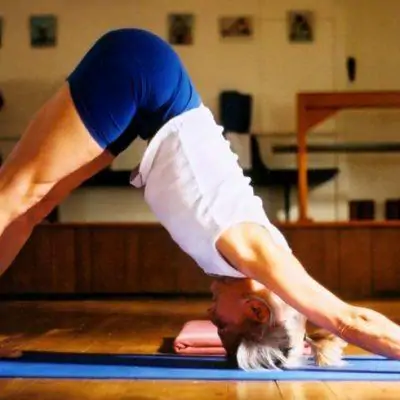Introduction
Backbends help us to feel and to find the back of our bodies. The back is often an unknown area as it can’t be seen. And yet to create a more complete sense of ourselves, we use yoga to experience our whole body and to create a fuller awareness of how to be balanced.
View sequence

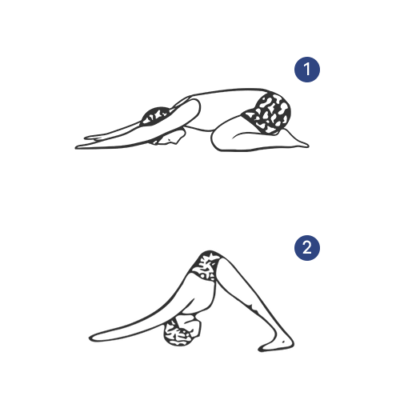
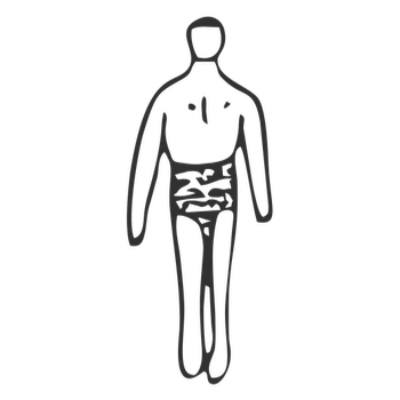
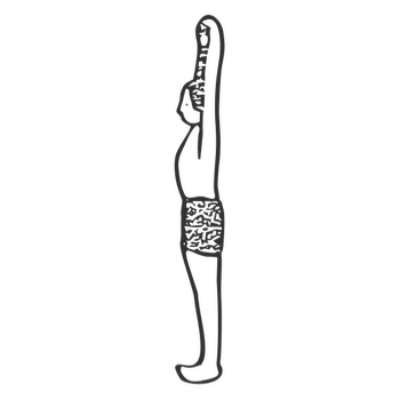
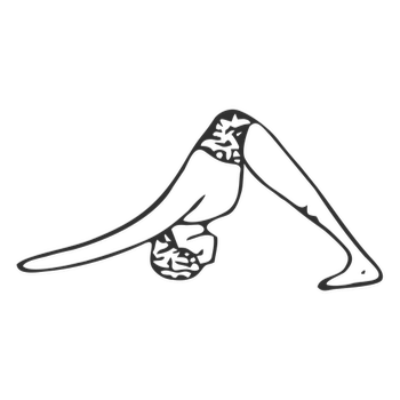
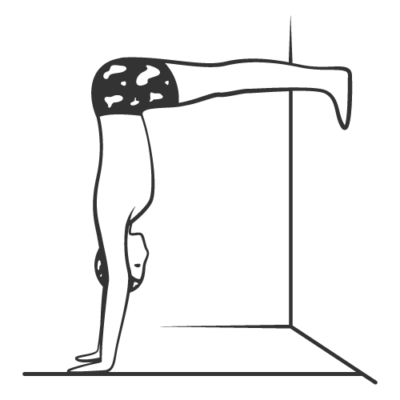
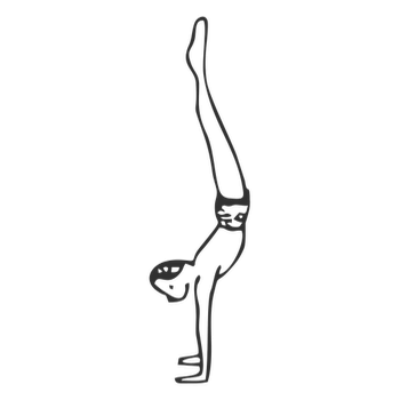
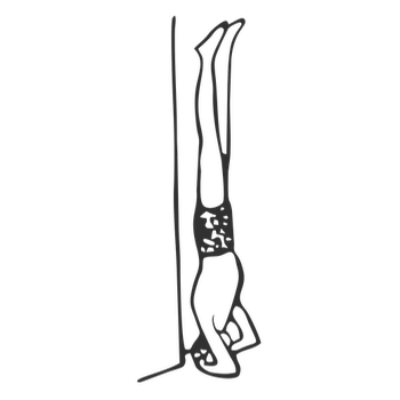
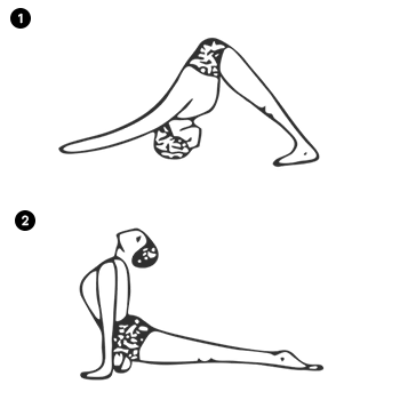
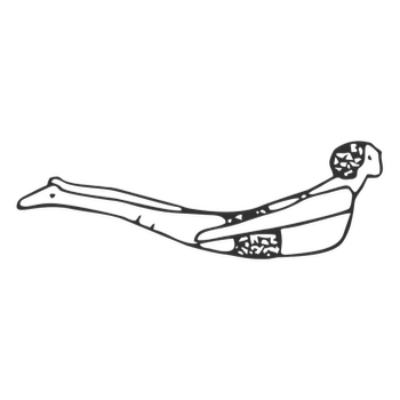

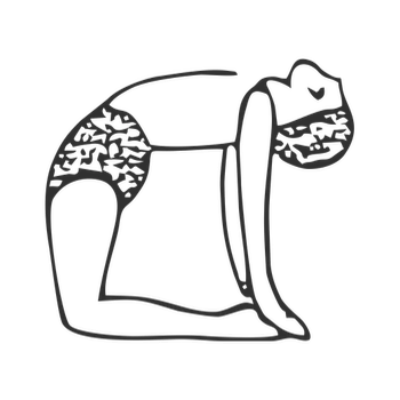
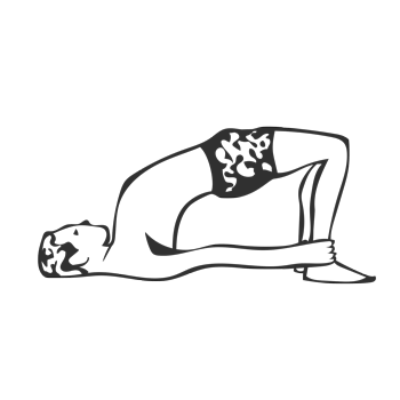
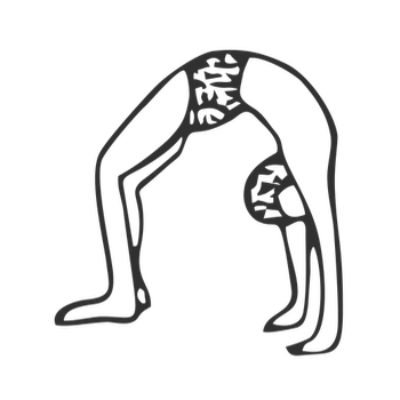
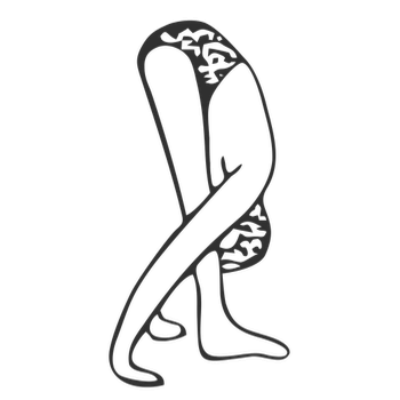

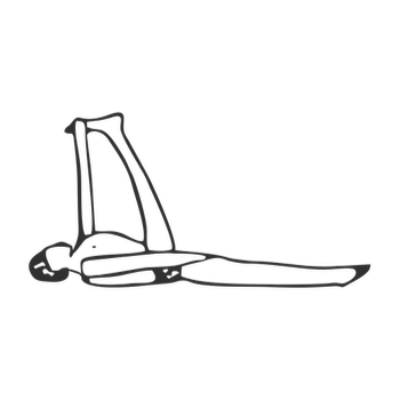
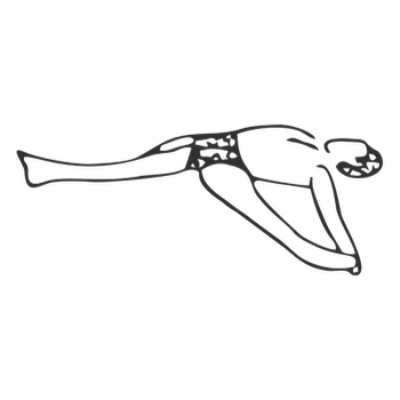
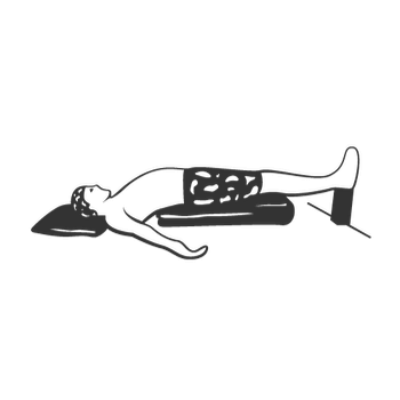
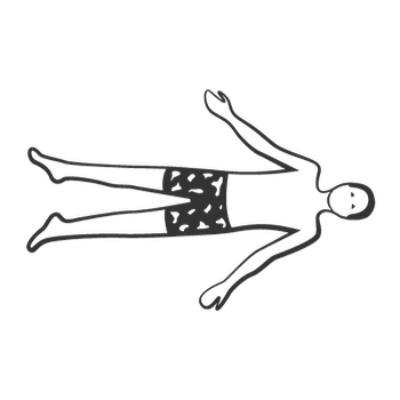
Share
Save PDF and print
You are welcome to download the PDF of the sequence and print and distribute it freely. You may have to wait up to 30 seconds for the PDF to generate. Please credit the teacher who created it. All illustrations from Dona Holleman’s ‘Yoga Darśana’, RIMYI Institute texts and Yoga Vastu illustrators for original asana drawings.
